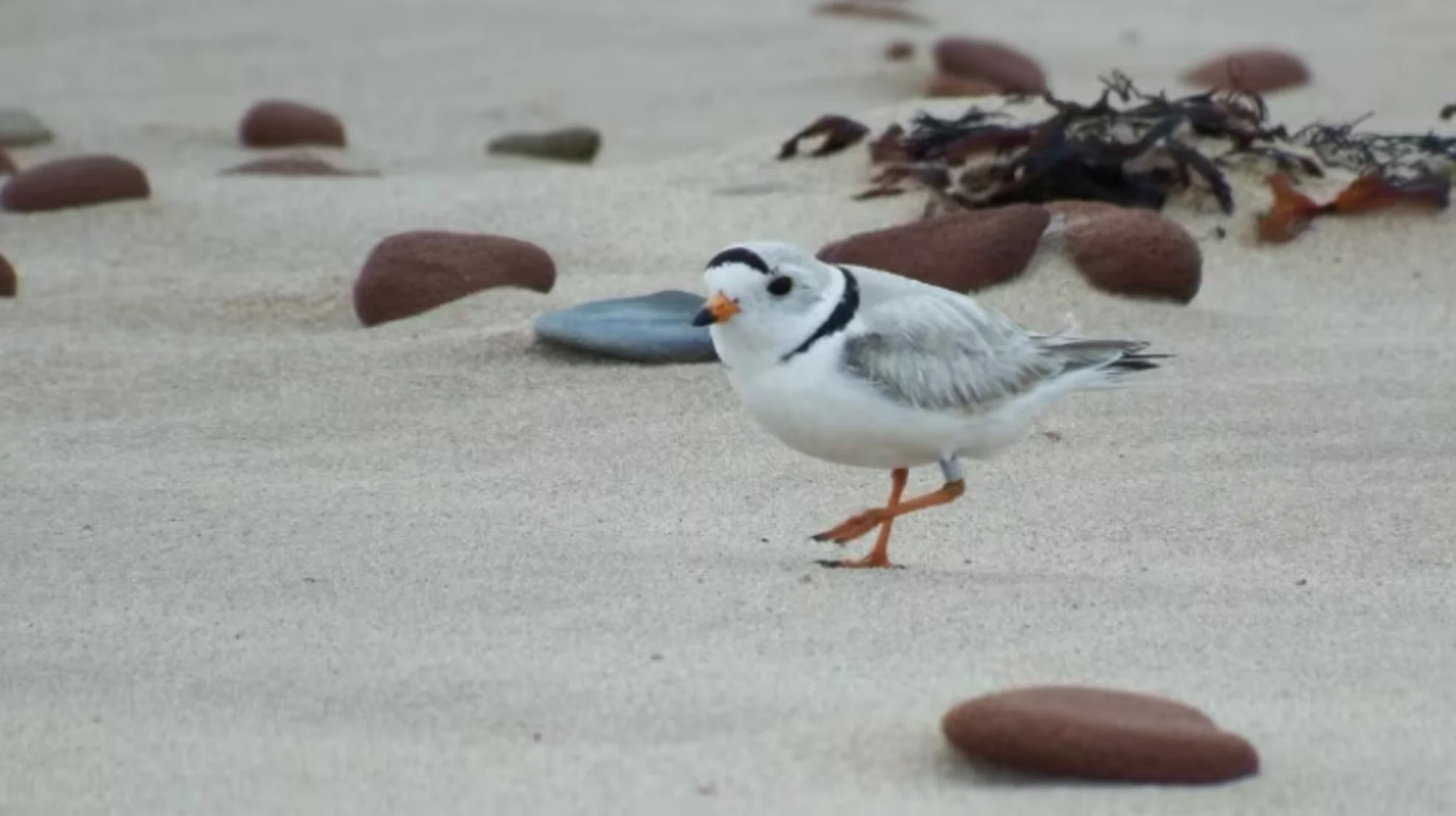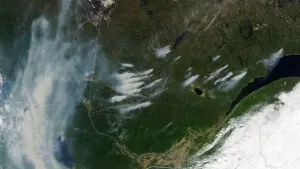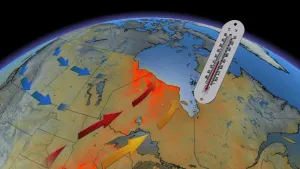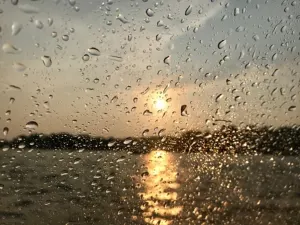
Piping plover population steady at P.E.I. National Park, Fiona may have helped
There are signs P.E.I.'s piping plover population is remaining steady a year after post-tropical storm Fiona hit the Island — but Parks Canada says the endangered species' future is still uncertain.
The piping plover has been listed as endangered by the Committee on the Status of Wildlife in Canada since 1985.
Seventeen chicks from 10 breeding pairs hatched on the shores of P.E.I. National Park this summer, the federal agency says. The fledge rate for the birds is slightly above Parks Canada's targets, with the numbers having slowly risen over the last three years after several years of decline.
Lily McLaine, resource management officer with Parks Canada, says many factors could have helped the birds bounce back, including the national park's seasonal ban on domestic animals.
MUST SEE: Hurricane Fiona, one year later: Could it happen again?
She said Fiona may also have been positive for the birds; experts believe the September 2022 post-tropical storm could have created more of the kind of coastal habitats that let the birds thrive.
"A lot of the plovers enjoy nice wide beaches with cobble shells, [and a] woody debris kind of substrate. So I believe after the hurricane, a lot of that tended to wash up on the beach in certain areas that we haven't seen before," McLaine said.
"Some of their predators ... like foxes and eagles and other animals [may also] have been displaced or they have possibly moved to different habitats. That allows the plovers to be a bit more protected in certain beaches, perhaps in Cavendish or Greenwich."
Climate change a threat
But while McLaine is optimistic the numbers could also be good next summer, she said plover population numbers do fluctuate a lot, and there are still many factors that could put the birds' future at risk.
"It's really hard to tell how they're being impacted by increasing climate change influences — like saltwater flooding, more wave action, you know, hurricane season and erosion," she said. "It's hard to tell how they'll be doing in the long run, but it's really exciting to see this increase in the last three years."

Officials close off sections of the park whenever they spot plover breeding activity. (Shane Hennessey/CBC)
Next summer, Parks Canada will continue to monitor where the plovers make homes, to see if they are moving further back into the dunes or to different areas of the national park that stretches along three sections of Prince Edward Island's North Shore.
Officials close off regions of the park whenever they spot plover breeding activity.
McLaine said that with climate change threatening the birds' habitats, it's increasingly important for all Islanders to do their part to protect the birds.
"I would thank all beachgoers and visitors this season for staying out of the dunes and our piping plover beach closures, because everyone has an important role in helping restore and conserve important habitats for these birds," she said. "A thank-you to everyone this past summer."
This article, written by Arturo Chang, was originally published for CBC News.
Thumbnail image courtesy: Janette Gallant/Parks Canada.









